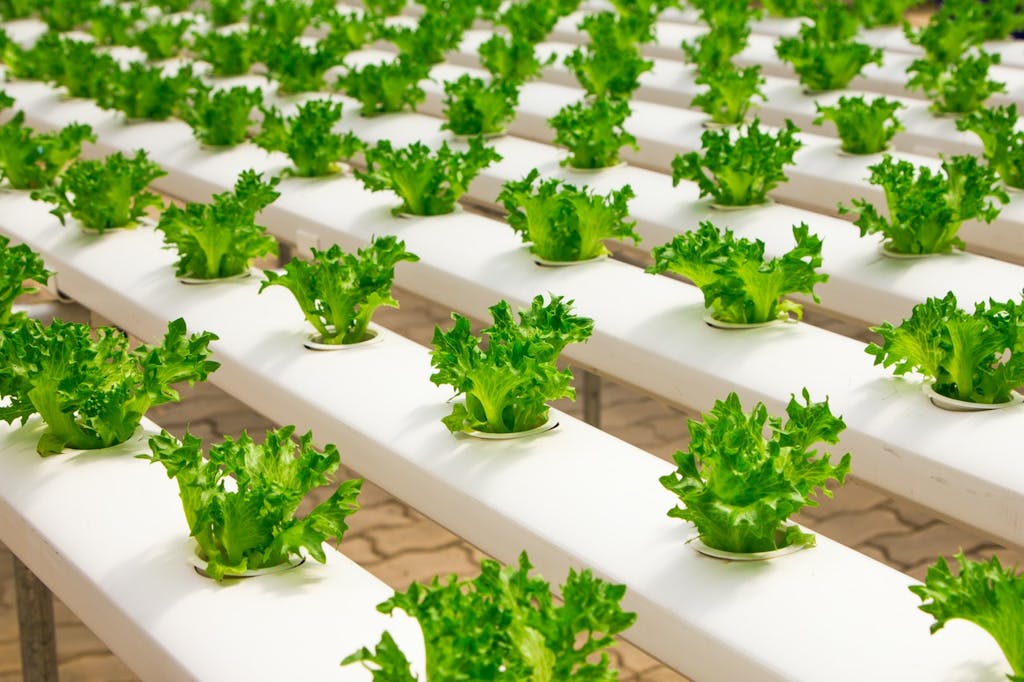Food safety is at the forefront of public health concerns, with one in 10 people suffering from foodborne illnesses worldwide according to the World Health Organization.
Companies operating in the food and beverage industries must be aware of how to prepare their processing facilities for safe operation. After all, even the smallest mistake can lead to irreparable reputation damage.
Ensuring food safety helps brands avoid incidents, retain trustworthiness, and protect consumers from health problems due to contaminated food. That’s why the Hazard Analysis and Critical Control Points (HACCP) is the proactive approach to preventing issues related to food safety, such as those of the following natures:
- Biological
- Chemical
- Physical
- Radiological
The seven principles of HACCP, first established in the 1990s, are still relevant today. If you work in the food industry, it’s definitely worth knowing what they are and how to apply them to your business.
- HACCP Principle #1: Hazard Analysis
- HACCP Principle #2: Critical Control Points
- HACCP Principle #3: Critical Limits
- HACCP Principle #4: Monitoring Practices
- HACCP Principle #5: Corrective Actions
- HACCP Principle #6: Verification Processes
- HACCP Principle #7: Documentation and Reports
- Ensuring Food Safety Through monitorQA
HACCP Principle #1: Hazard Analysis
What are the potential hazards that can contaminate your food products? That is, what biological, chemical, or physical agents could cause illness or injury in your customers if you don’t consider it during production? Taking the time to discover the risks is the first step to knowing how to prevent and respond to them. Some places to start your search include:
- The ingredients
- Food processing and cooking
- Storage
- Distribution and preparation
Keep in mind that hazards cause safety concerns, which are not necessarily the same as quality control issues. You’re looking for genuine health threats, which require a comprehensive hazard analysis system to detect.

HACCP Principle #2: Critical Control Points
Food production involves a series of individual steps, and the facility has a chance in between any two steps to implement safety controls. These points are known as critical control points (CCPs), and a few examples follow.
- Thermal processes designed to kill pathogens. Pasteurization for milk and cooking to kill off bacteria are two examples you are likely familiar with.
- Sanitation policies, such as when a facility undergoes Sanitation Standard Operating Procedures (SSOPs).
- Storage procedures to avoid the growth of bacteria or other microorganisms.
- pH balance to avoid toxins.
Here’s a rule of thumb: imagine your staff lose control of the process at a certain point. If the result is endangerment of the final product, then that point is likely a critical control point. Either resolving one CCP fixes a hazard, or multiple CCPs can contribute to solving the same hazard.
HACCP Principle #3: Critical Limits
Food preparation is all about keeping a variety of metrics within acceptable ranges. You want to make sure each of the following have a set minimum and maximum value:
- Humidity and moisture
- pH
- Salinity
- Temperature
- Viscosity
- Water activity
A non-scientific test that most companies actually use is a basic visual and olfactory examination. If a food smells or looks unsafe, it probably is.

HACCP Principle #4: Monitoring Practices
You can’t control critical limits without reliable methods of measuring and monitoring them. Monitoring practices are naturally more efficient and accurate when done electronically rather than manually, as data is measured precisely and the final results are available as soon as possible.
Though even with software-based monitoring, your staff still need to step in to calibrate measuring apparatuses and validate the results. It’s important to get employees on board with your HACCP plan in this regard, so let them know exactly what food safety hazards they are helping to avoid.
HACCP Principle #5: Corrective Actions
It doesn’t matter how well-managed your facility is; every company suffers from deviations and mistakes sometimes, and developing corrective action in response to potential incidents is part of any complete HACCP plan. There are two types of corrective actions a food production facility can take: reactive and proactive ones.
A reactive corrective action is made immediately after an incident. For instance, you might lose control of a CCP, or a critical limit might be breached at one point. In these instances, throwing out the bad batch and recalibrating equipment to prevent the problem would be reactive steps.
A proactive corrective action is one that helps prevent incidents from coming up in the first place. Examples include fixing up broken or worn-down equipment and training employees on safe food handling practices.
HACCP Principle #6: Verification Processes
Once your HACCP plan is underway, the next step is to make sure all the components of it are working properly and that your facility is safe from food hazards. There are several ways to verify the integrity of an HACCP strategy.
- Frequent oversight of HACCP activities, such as critical point monitoring and the implementation of corrective actions.
- Proving efficacy of the whole process through reviewing scientific studies, resources from regulatory agencies, and microbiological testing on final products.
- Constant testing of all steps of food production, such as checking safe temperatures and analyzing ingredients and final products for safety.
Skipping the verification principle can allow small mistakes and discrepancies to slip through the cracks, potentially compromising on the integrity of your whole HACCP operation.

HACCP Principle #7: Documentation and Reports
Remember to keep records of all your activities and findings throughout an HACCP initiative. These documents will be invaluable for auditing purposes in the future should you ever have to prove your food safety compliance to a regulatory agency or a third-party.
Recordkeeping also helps your own business keep track of its internal operations and product quality. Management teams will have a chance to spot potential deviations by looking at all the data holistically in a final HACCP report.
Some bits of information that might be included in an HACCP report include:
- The team responsible for conducting the investigation, as well as their roles and responsibilities.
- Description of the final product and its intended use
- Visualization of process flow
- Critical control points and their respective critical limits
- A breakdown of the potential risks and hazards
- Monitoring procedures
- Corrective actions made
You can certainly touch on each of the seven HACCP principles we’ve discussed here in your final report. For restaurants, kitchen, and other retail units in the food industry, such a report should involve a daily checklist for establishing operational routines and ensuring HACCP protocols are being followed.
Ensuring Food Safety Through monitorQA
The 7 principles of Hazard Analysis and Critical Control Points are only scratching the surface. You need the right solutions and processes in place to truly achieve operational excellence.
Food processing is a heavily regulated industry, as other considerations to take into account include good manufacturing practices (GMPs) when applied to processing facilities and the aforementioned Sanitation Standard Operating Procedures for the upkeep of clean equipment.
Staying compliant with these regulations is important for avoiding food safety hazards, which can wreak havoc on the consumer trust you have worked so hard to establish in the market.
Make quality assurance a priority with mobile inspection software. Try monitorQA for free and see how streamlined inspections and intuitive functionality can make all the difference.



